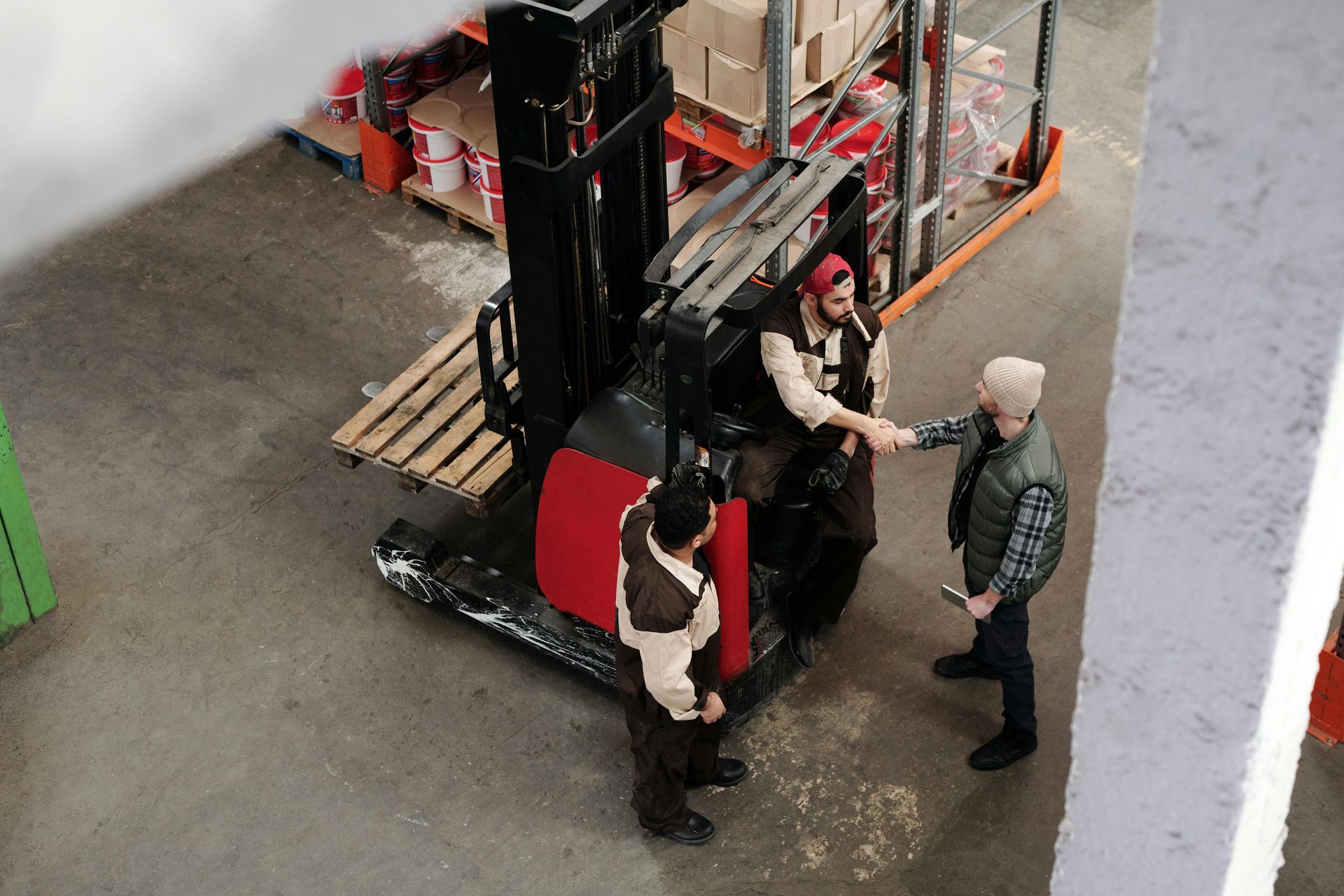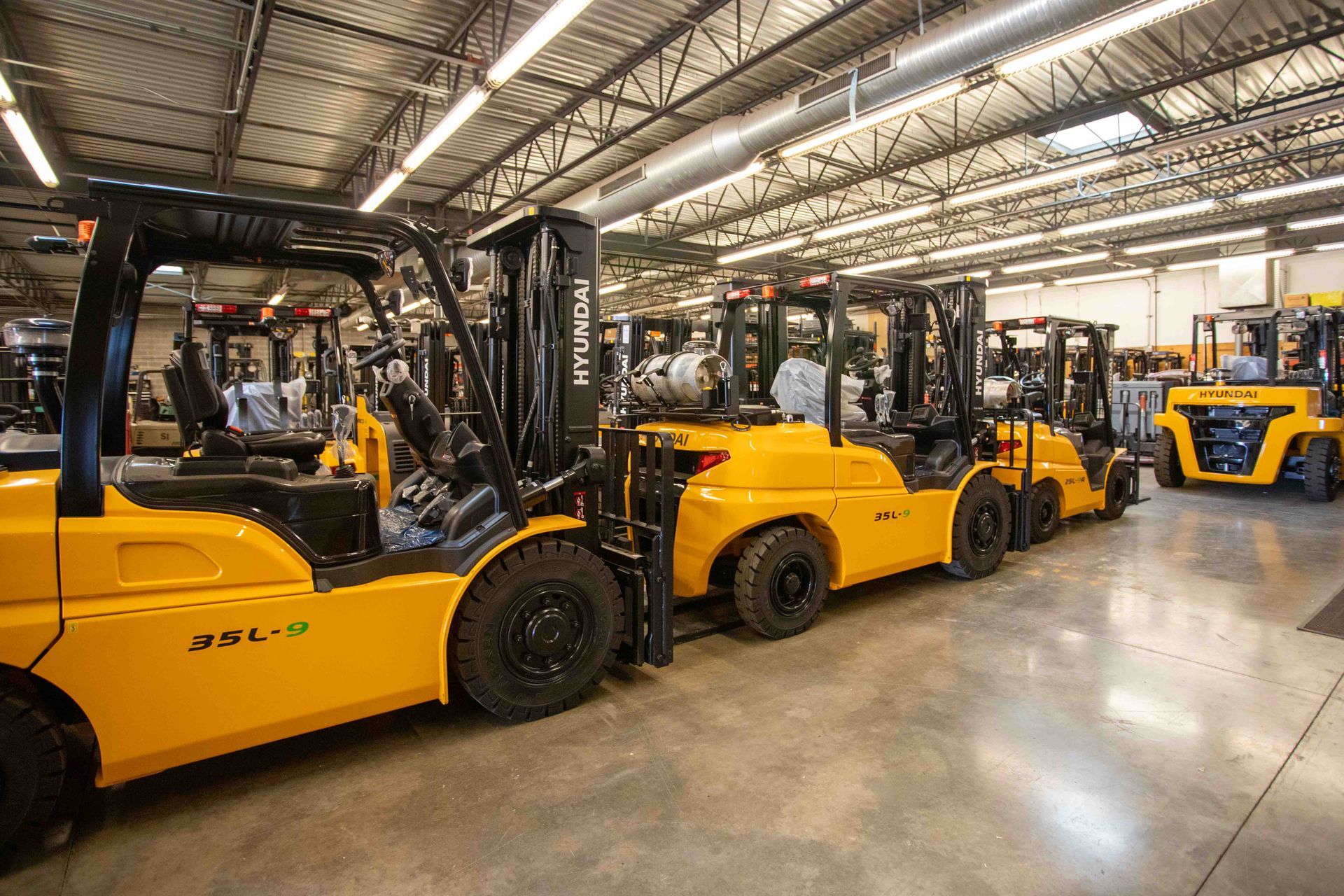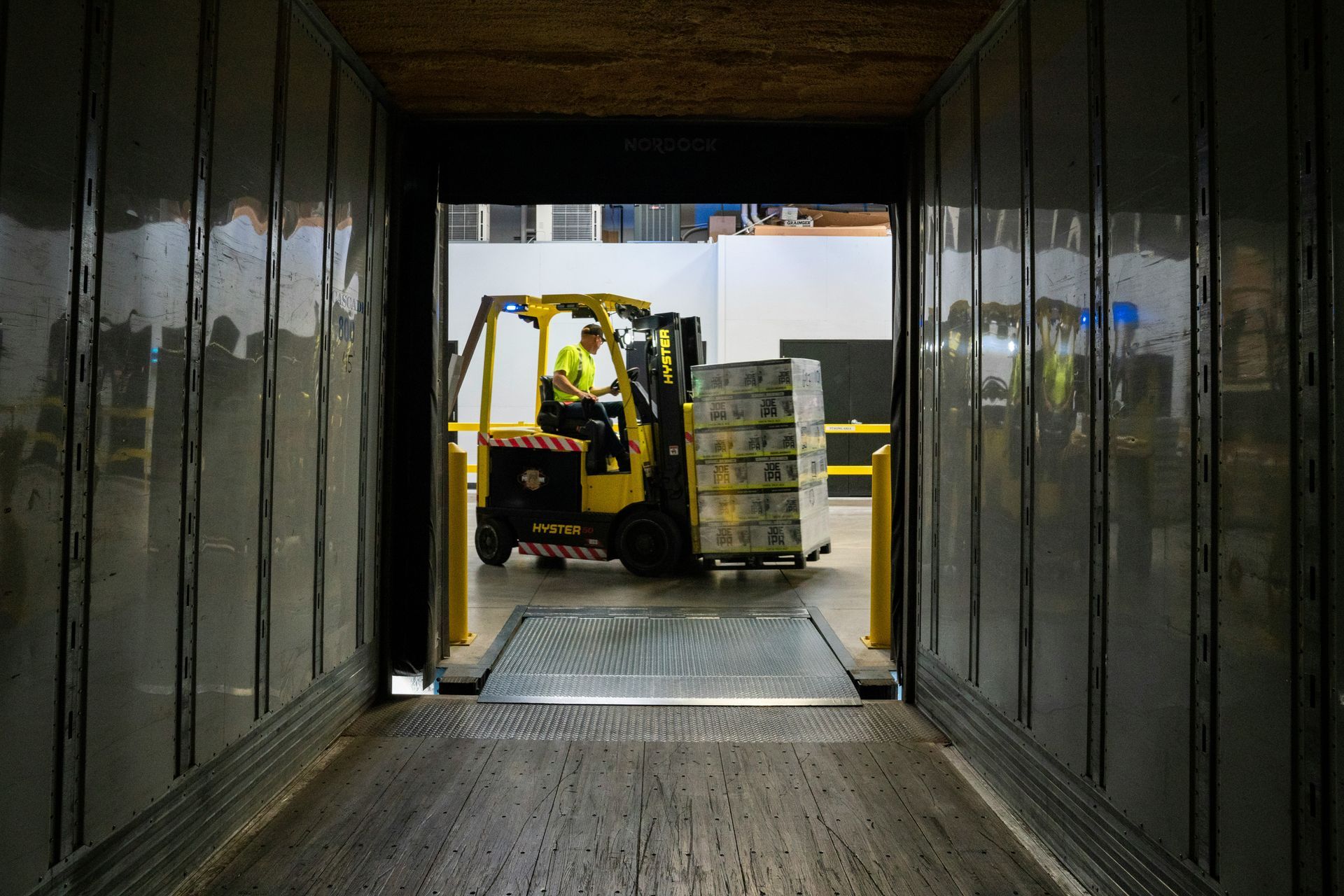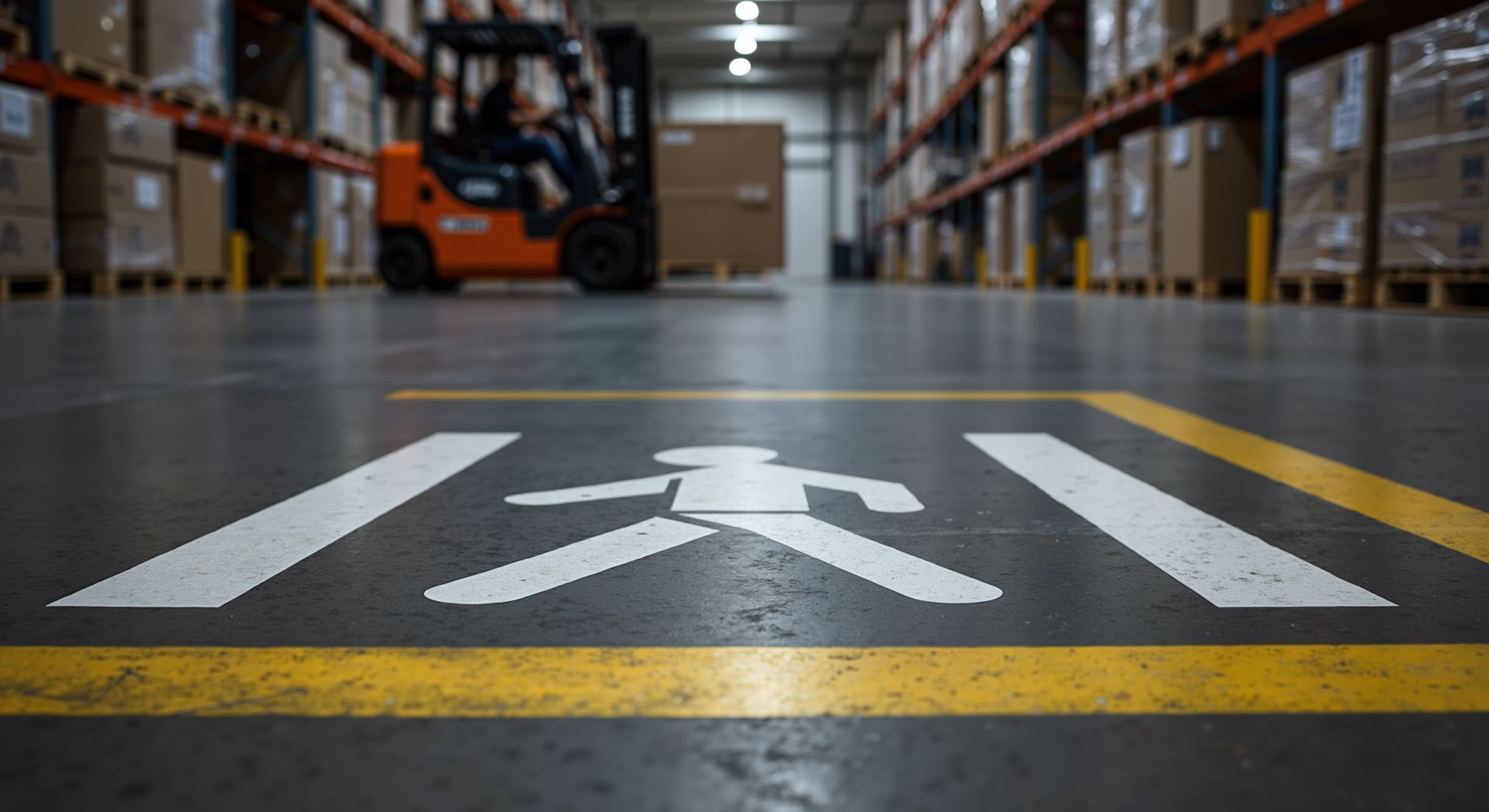The Evolution of Forklift Technology
Warehouses, factories, and distribution centers are the beating heart of modern commerce, and at the center of these operations is the humble forklift.
Once a simple tool for lifting and moving heavy loads, forklifts have undergone a remarkable transformation over the past several decades.
From manually operated machines to cutting-edge autonomous vehicles, the evolution of forklift technology reflects broader trends in industrial automation, safety, and efficiency.
Early Forklifts: Simplicity Meets Strength
The first forklifts appeared in the early 20th century, primarily as manual or rudimentary powered vehicles designed to lift pallets and heavy items. These early models were simple, relying on human operators for steering, lifting, and maneuvering.
While revolutionary for their time, they were labor-intensive and required significant operator skill. Accidents and inefficiencies were common, especially in busy or cluttered warehouses.
Despite these limitations, the introduction of forklifts marked a turning point in material handling. Businesses could move larger quantities of goods faster than ever before, reducing labor costs and increasing throughput.
However, as operations grew in size and complexity, it became clear that forklifts needed to evolve.
The Rise of Electric and High-Performance Forklifts
By the latter half of the 20th century, forklifts began to adopt more sophisticated technology. Diesel and gasoline engines were complemented or, in some cases, replaced by electric powertrains, offering quieter operation, lower emissions, and reduced maintenance.
Electric forklifts became especially popular in indoor environments where air quality and noise were concerns.
In addition to power upgrades, forklifts also saw improvements in ergonomics, safety, and control systems. Adjustable seats, hydraulic lift controls, and improved visibility reduced operator fatigue and accidents.
Many models began incorporating digital displays to monitor load weights, battery levels, and maintenance needs, giving operators more information at their fingertips.

Automation Enters the Warehouse
The most significant leap in forklift technology came with the introduction of automation. In the early 2000s, automated guided vehicles (AGVs) began to complement traditional forklifts, navigating warehouse floors using pre-programmed paths, sensors, and RFID tags.
AGVs could handle repetitive tasks such as transporting pallets from one station to another, reducing the need for manual labor and minimizing human error.
Over time, AGVs evolved into fully autonomous forklifts capable of dynamic pathfinding, obstacle avoidance, and real-time decision-making. Using a combination of LiDAR, cameras, GPS, and AI algorithms, these vehicles can navigate complex warehouse layouts, interact safely with human workers, and adapt to changing conditions.
Autonomous forklifts improve operational efficiency and enhance safety by reducing the risk of collisions and operator fatigue.
The Benefits of Modern Forklift Technology
The shift toward autonomous and semi-autonomous forklifts offers multiple advantages for modern businesses.
- Increased Productivity: Autonomous forklifts operate continuously without breaks, maximizing throughput and minimizing downtime.
- Enhanced Safety: Advanced sensors and AI algorithms reduce the risk of accidents, protecting both operators and inventory.
- Operational Flexibility: Modern forklifts can be reprogrammed for new layouts or tasks, providing versatility in rapidly changing warehouse environments.
- Data-Driven Insights: Smart forklifts collect valuable data on usage patterns, maintenance needs, and warehouse traffic, enabling managers to optimize workflows and reduce costs.

Looking Ahead: The Future of Forklifts
The future promises even more exciting developments. Integration with warehouse management systems, real-time inventory tracking, and predictive maintenance are already becoming standard.
Some manufacturers are exploring forklifts that can collaborate with drones, robotic arms, and other automated systems to create fully synchronized supply chain operations.
Moreover, sustainability will continue to shape forklift innovation. Electric and hybrid models are expanding, and research into hydrogen fuel cells and other alternative energy sources could revolutionize the industry further.
As technology progresses, the forklift is no longer just a machine. It is becoming a central hub in the innovative warehouse ecosystem.
A Century of Warehouse Innovation
From their early days as simple lifting machines to today's sophisticated autonomous systems, forklifts have undergone an incredible transformation. Modern forklifts combine power, intelligence, and safety, helping businesses operate more efficiently while protecting workers and the environment.
Staying informed about technological advancements is essential for warehouse managers and industrial operators to maintain a competitive edge in today's fast-paced logistics world.
Understanding the latest forklift technology is key to choosing the right equipment for your operation. Factors like load capacities, operating environments, and whether you need traditional, electric, or autonomous forklifts can significantly impact efficiency and safety.
Work With Benco Industrial Equipment
Selecting the right forklift, following proper safety protocols, and providing thorough operator training ensures smooth warehouse operations and minimizes risks. The right equipment can boost productivity, reduce downtime, and keep your team safe, whether you manage a warehouse, manufacturing facility, or distribution center.
At Benco Industrial Equipment, our team provides personalized guidance to help you find forklifts and material handling solutions that fit your specific needs. From traditional models to the latest autonomous systems, we can help you integrate technology that enhances your workflow.
Contact us today to explore our full range of industrial equipment and services and take the first step toward modernizing and optimizing your warehouse operations.



